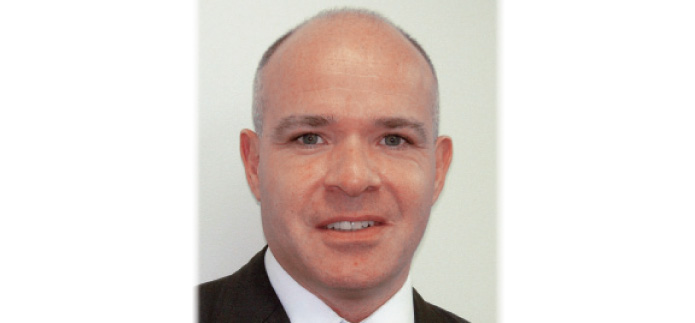It is generally true that fraud is harder to conceal when credit is tight or during a major financial crisis. Corporate fraud occurs when there is a clear opportunity and detection appears remote, or when the corporate culture is insufficiently robust and people believe dismissal is the worst that could happen.
Two main types of fraud:
1. Committed by the firm
Typically occurs when businesses are under financial pressure and directors falsify records, overstate the value of receivables, or otherwise extend or obtain credit under false pretences. They often rationalise their actions by claiming, “I did it to save the firm — it wasn’t for my gain”. Other examples include evading taxes, such as cross-border VAT, and deliberate non-compliance with environment-related or other regulations.
2. Committed against the firm
Perpetrated by individuals within the firm acting alone or — and this is far more dangerous — in collusion with staff or vendors.
Bad processes, poor staff supervision, or inadequate accountability allow many frauds to be successfully conducted. Generally, the more senior the manager involved in a fraud, the greater the damage caused to the firm’s finances and reputation. Frauds often run for a long time, and in many Asian cultures — notably that of Japan — internal auditors may be reluctant to challenge senior management.
However, even with robust controls, a dedicated team and thorough auditing, nearly all firms will face serious fraud at some time.
To mitigate the impact of fraud and corruption, firms should:
- Recognise the key factors involved in, and risks associated with, their industry and location, and introduce measures to counter these.
- Prepare to effectively react to a fraud and contain the impact.
Recognising key fraud factors
Factors that allow serious fraud to go undetected include:
- Transnationals using matrix management without enhanced auditing. Fraud in offshore subsidiaries and affiliates can be difficult to detect from headquarters, especially when different languages and cultures apply and no single individual is accountable for fraud prevention and proactive local measures on the ground in each country.
- Poor due diligence of suppliers and vendors. Nine out of ten major cases handled by FTI-International Risk occurred at firms that didn’t conduct thorough due diligence concerning suppliers and vendors, especially in emerging markets.
- Insufficient background vetting of management and key staff. Many firms fail to carry out detailed background checks of employees. References simply stating, for example, “Mr. Suzuki worked for us between this date and that”, might be missing that he was fired for fraud or malfeasance.
Firms that perform background checks often retain low-cost screening organisations that offer little or no protection and create a false sense of security. One of our clients paid $300 for a computerised background check that came back clean — but the candidate was actually an undischarged bankrupt, who later defrauded the firm of more than $10 million. - Inappropriate business controls and systems. Western firms operate on a completely different system than Asian ones and many international audit processes and internal systems and controls do not take into account local practices. Consequently, in some areas the value of internal and external audits to prevent fraud is severely limited. Moreover, many international firms believe a clean audit report means there is no fraud, but auditors are best described as “watchdogs”, not “bloodhounds”. Overdependence on audits to protect the organisation from fraud is always a mistake.
Effective corporate response
Once fraud is alleged or suspected, prompt action is necessary. Corporate fraud investigations should not be conducted in-house except, perhaps, in large organisations with appropriately trained experts. Using specialist consultants also helps avoid the accusation that there is a conflict of interest involving members of staff who have worked together for many years.
If preliminary investigations indicate fraud, two parallel, inter-related probes should be started immediately: the first to confirm the full extent of the fraud and identify those involved, so that further losses can be avoided; and the second to find the fraud proceeds by asset tracing to prevent dispersion of the funds and seek their recovery. It is also vital to ring fence any relevant insurance policies.
